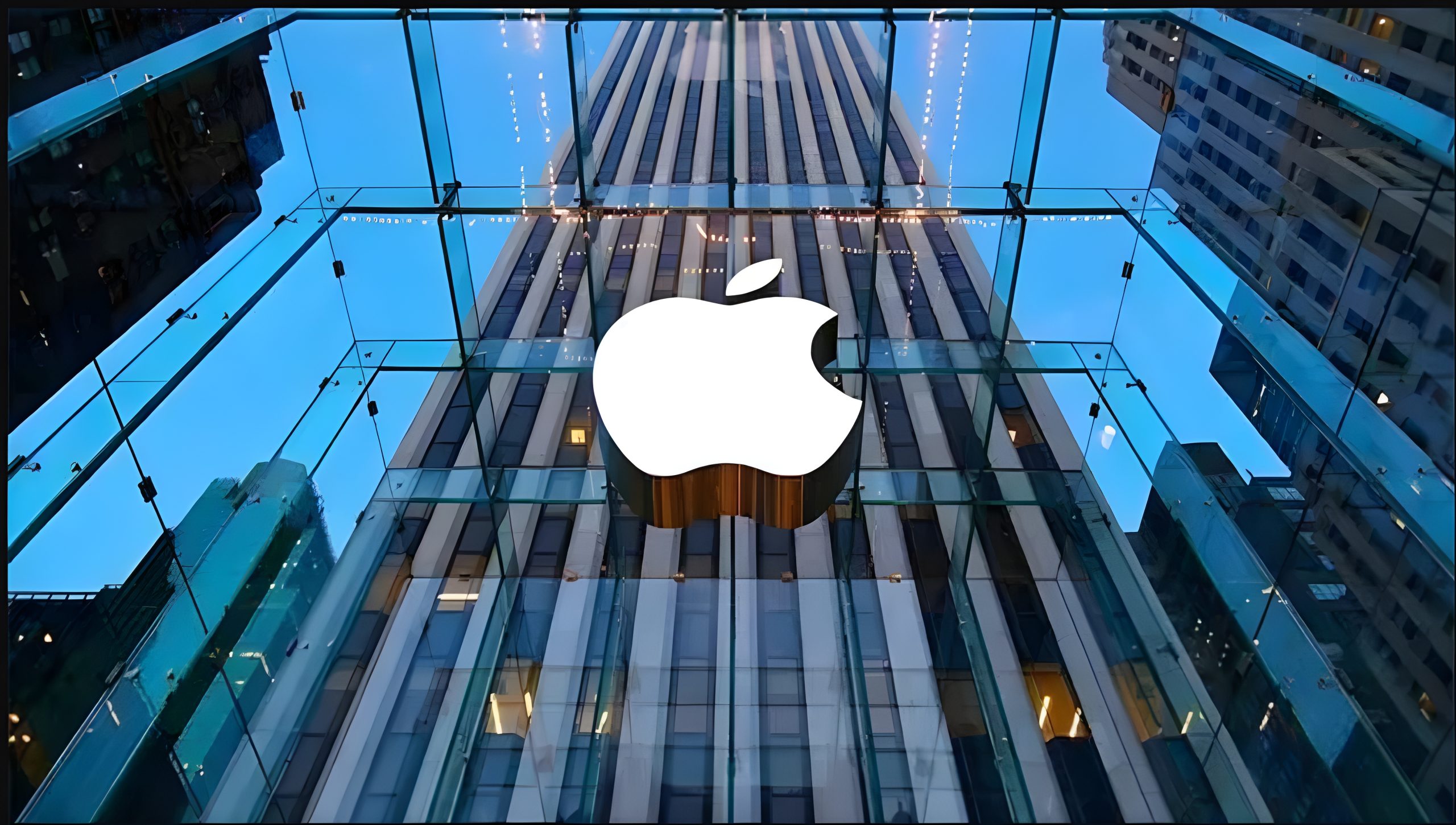Oppenheimer Believes Apple Ecosystem Is Safe From Meta’s AI Smart Glasses For The Next 2-3 Years; UBS Finds iPhone 17 Post-Launch Peak Demand Is Over

Wall Street analysts are out en masse today with their varied takes on Apple’s business outlook, commenting on everything under the proverbial sun – from the post-launch peak demand of the iPhone 17 lineup to the implications for Apple’s hardware ecosystem from Meta’s new AI-enabled smart glasses.
Oppenheimer: “It’s Too Early To View Ray-Ban Display As An Everyday Wearable Such As Apple Watch, Let Alone A Potential Challenger To Smartphones”
Oppenheimer analyst Martin Yang was recently able to test Meta’s new Ray-Ban Display AI-enabled smart glasses via a dedicated in-store demo in New York city, and came away with the impression that while the device broke “new ground in the consumer wearable experience,” it failed to tackle issues that cause eye strain and blurry vision.
As such, the analyst believes “it’s too early to view Ray-Ban Display as an everyday wearable such as Apple Watch, let alone a potential challenger to smartphones.”
In fact, Yang came away with the conviction that “Apple’s hardware ecosystem is safe from new AI-enabled smart glasses for the next 2-3 years,” giving the Cupertino giant plenty of “runway to fine-tune its own smart glasses products.”
For the benefit of those who might not be aware, the Ray-Ban Display smart glasses feature an in-built display that is large enough to read text, watch a small video, view directions, and see live translations. The glasses come with a bespoke control interface nestled within the Meta Neural Band, which leverages electromyography (EMG) to detect signals sent between the brain and the hand, allowing users to navigate apps using hand gestures.
Of course, as we reported recently, Apple has reportedly halted all work on a high-end version of the Vision Pro headset, which was expected to launch in 2027 and bears the internal codename N100, to focus its efforts on launching AI-enabled smart glasses in 2026, replete with integrated cameras, microphones, and speakers, enabling the wearer to interact via an improved version of its bespoke AI assistant, Siri.
Apple’s new AI smart glasses will support key features, including hands-free notifications, real-time AI assistance, and AI-powered translations. Nonetheless, these glasses are not expected to support an in-built AR display.
UBS Evidence Lab: “Aggregate iPhone 17 Demand Is Past The Initial Launch Peak”
Meanwhile, UBS Evidence Lab continues to track the availability of the iPhone 17 lineup across 30 different markets, finding evidence to suggest that the “aggregate iPhone 17 demand is past the initial launch peak.”
Specifically, UBS has found that the peak demand for the base iPhone 17 is now behind us, while “wait times for the Air [variant] across all major geos suggests somewhat muted demand for the thinner form factor with more modest technical specs.”
Similarly, the wait time for iPhone 17 Pro is now easing, with a “notable drop in China to 13 days, below the 14 days a year ago and 20 days a week ago.”
Finally, we should note that Morgan Stanley now expects Apple to ship a whopping 270 million iPhone units in 2026, as per its most optimistic scenario, helped along by six new iPhone launches next year – the iPhone 17e, the base iPhone 18, its Air, Pro, and Pro Max versions, as well as one foldable iPhone – not to mention Apple’s AI advances.



